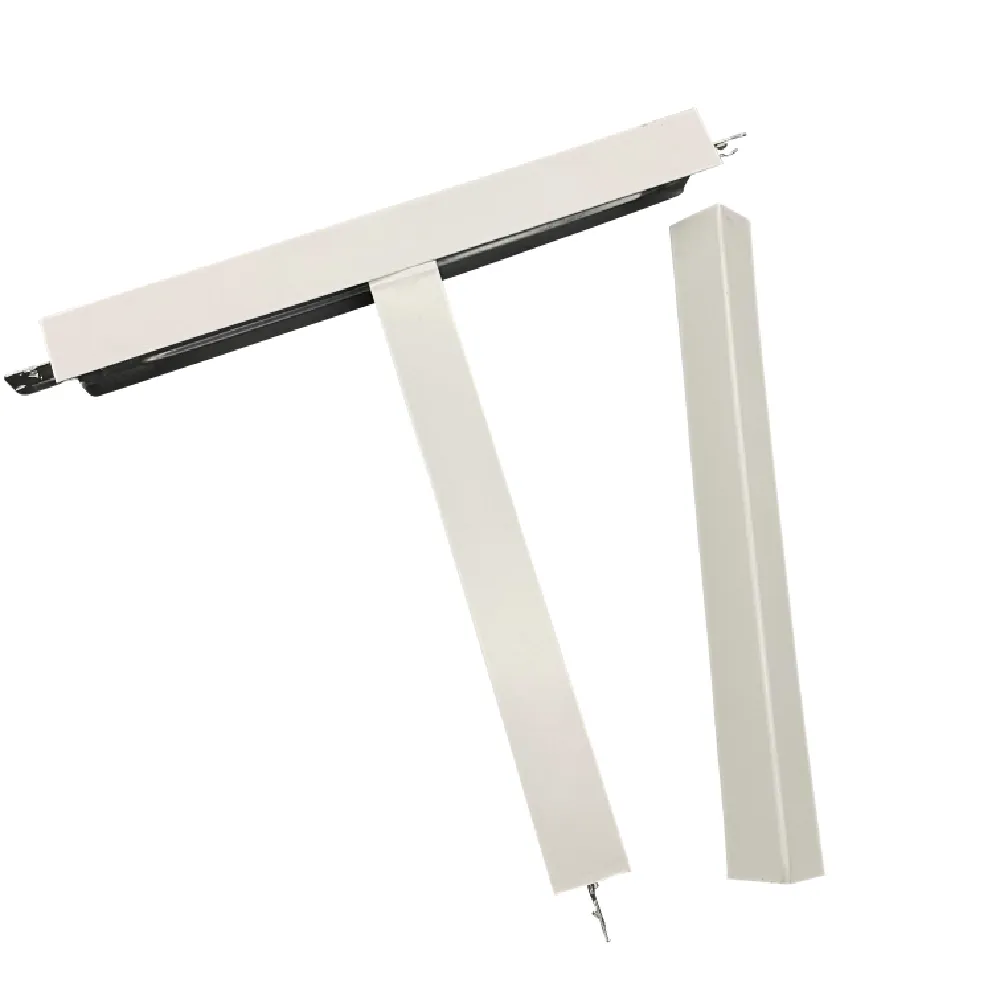Dec . 11, 2024 09:35 Back to list
Access Panels for Small Ceiling Openings in Residential and Commercial Spaces
Understanding Small Ceiling Access Panels
Access panels are essential components in modern construction, enabling maintenance and easy access to critical systems located behind walls and ceilings. Among the various types available, small ceiling access panels play a significant role in facilitating smooth operations in both residential and commercial settings. This article will explore the importance, installation, and benefits of small ceiling access panels, helping homeowners and builders make informed decisions when considering these integral fixtures.
What is a Small Ceiling Access Panel?
A small ceiling access panel is a framed opening fitted into a ceiling that provides easy access to essential systems like plumbing, electrical wiring, and HVAC components. Typically designed to blend seamlessly with the ceiling’s existing layout, these panels can be made from a variety of materials, including plastic, metal, or drywall. They come in various sizes, often ranging from 12x12 to 24x24, making them versatile for numerous applications.
Why are Small Ceiling Access Panels Important?
1. Maintenance Access One of the primary functions of a small ceiling access panel is to facilitate maintenance. Regular checks and repairs are necessary for systems like plumbing and electrical lines to ensure safety, efficiency, and longevity. Without these panels, accessing hidden infrastructure may require extensive renovation, leading to increased costs and time consumption.
2. Aesthetic Appeal Modern small ceiling access panels are designed to be unobtrusive. Many models can be painted or textured to match the ceiling, ensuring they do not detract from the aesthetic appeal of a room. This feature is especially important in areas where design and decor are prioritized, such as living rooms and professional offices.
3. Cost-Effectiveness By allowing quick access to maintenance areas, small ceiling access panels can save time and money on repairs. When there is immediate access to systems needing attention, the overall downtime and labor costs are significantly reduced.
4. Safety Regular maintenance can prevent major issues that pose safety hazards, such as leaks or electrical failures. Installing small ceiling access panels aids in proactive maintenance checks, thereby enhancing overall safety for occupants.
small ceiling access panel

Installation of Small Ceiling Access Panels
The installation process for small ceiling access panels is generally straightforward. Here’s a brief overview of the steps involved
1. Identify Location Determine the location where the access panel will be most beneficial. Typically, it should be placed directly above areas needing regular maintenance.
2. Cut the Opening Using a drywall saw or utility knife, cut an opening in the ceiling according to the dimensions of the panel.
3. Install the Frame Place the access panel's frame into the cutout and secure it with screws or adhesive, ensuring it is flush with the ceiling.
4. Finishing Touches If necessary, tape and mud the edges for a seamless finish, allowing it to blend in with the surrounding ceiling.
5. Paint Once the compound dries, paint the panel to match the ceiling for optimal aesthetics.
Conclusion
Small ceiling access panels are often an overlooked yet critical element in both residential and commercial buildings. Their role in providing easy access to vital systems cannot be overstated. By allowing for maintenance without extensive disruption to the architecture, they demonstrate a perfect balance of functionality and aesthetic integration. As new materials and designs continue to evolve, these panels will likely become even more versatile, ensuring that they meet the needs of modern construction while enhancing the safety and efficiency of building management. For anyone considering renovations or new construction, the inclusion of small ceiling access panels should definitely be a priority.
-
Durable Ceiling T Grid Systems | Easy InstallationNewsAug.29,2025
-
PVC Gypsum Ceiling: Durable, Laminated Tiles for Modern SpacesNewsAug.28,2025
-
Pvc Gypsum Ceiling Is DurableNewsAug.21,2025
-
Mineral Fiber Board Is DurableNewsAug.21,2025
-
Ceiling Tile Clip Reusable DesignNewsAug.21,2025
-
Ceiling T Grid Modular DesignNewsAug.21,2025







